Why you can trust TechRadar
Performance
Powering the Realme 3 is the MediaTek Helio P70 chipset, manufactured on 12nm FinFET process. This is backed by an octa-core CPU consisting of four powerful clusters of Cortex-A73 clocked at 2.11GHz and four power-efficient cores of Cortex-A53 clocked at 1.99GHz. For graphics, Helio P70 has the Mail-G72 MP3 GPU renderer. In addition, the P70 consumers 15% less power than the other 14nm based chipsets.
With a score of 137194 on AnTuTu benchmark, 1481 on Geekbench (single-core) and 5119 points on Geekbench (multi-core), the Realme 3 outlives the likes of Redmi Note 6 Pro, Samsung Galaxy M20 and Honor 10 Lite to name a few.
This makes for a powerful smartphone that even outguns the recently launched Redmi Note 7, at least on paper. Having said that, the Realme 3 does make up for a botched user experience due to its implementation of the ColorOS 6.0 which is based on Android 9.0. You see, even if a phone has the sheer raw power to its disposal, it does not immediately translate to a better hands-on experience. There are a lot of things in play while using a phone and this is something the Realme 3 falters in.
The ColorOS 6.0 adds elements such as an app drawer, motorbike mode, smart assistant, game space and more. While the app drawer is definitely a welcome addition, features like the smart assistant allow users to use the phone efficiently by listing out shortcuts to tools that are used regularly. The smart assistant page can be accessed by swiping left from the homescreen and lists locations, calendar, events, step-tracker and quick function cards. The quick function cards can be customized to display other apps and also access tools like document, business card scanner using OCR and photo translate, to name a few.
Setting up the phone and landing on the homescreen, the experience felt a tad bit slow. It’s got a lot to do with how the animations have been deployed and optimizations that run deep into the core of the user experience. Knowing the kind of power the phone possess and not being able to witness it in a way that benefits the end-consumer is kind of heart-breaking. More so for Realme, because they have this exceptionally crafted phone which isn’t firing on all cylinders.
We like the design of the notification panel with vertical icons but experienced lags throughout our interaction with the phone. From opening the settings menu to swiping up from the homescreen to enter the app drawer, there was an apparent lag, even if for a millisecond. Moreover, the Realme 3 comes pre-loaded with apps like Amazon, Dailyhunt, Opera Browser, UC Browser, Paytm and Webnovel, which is far from a stock Android experience that the company claims to offer. Realme also says that they have improved over 20+ functions in ColorOS 6.0 after users feedback. As such, the issues mentioned above are nothing that cannot be fixed via software updates.
When it comes to gaming, the Realme 3 was able to provide us with a fairly decent experience. PUBG Mobile runs on medium setting with HD graphics almost flawlessly, except for an occasional bit of stuttering here and there during gameplay. We also tried FreeFire and a couple of less graphic-hungry titles and were able to play with ease. The Mali-G72 MP3 GPU is able to provide a decent graphics performance on the Realme 3, however, it is nowhere close to the gaming experience on phones like the Redmi Note 6 Pro or the Note 7.
Sign up for breaking news, reviews, opinion, top tech deals, and more.
Overall, the Realme 3 offers solid performance but lacks in providing a good experience and isn’t able to fully utilize the power at hand. ColorOS 6.0 needs more polishing and further optimizations to be able to match upto what Xiaomi has done with MIUI 10.
Camera
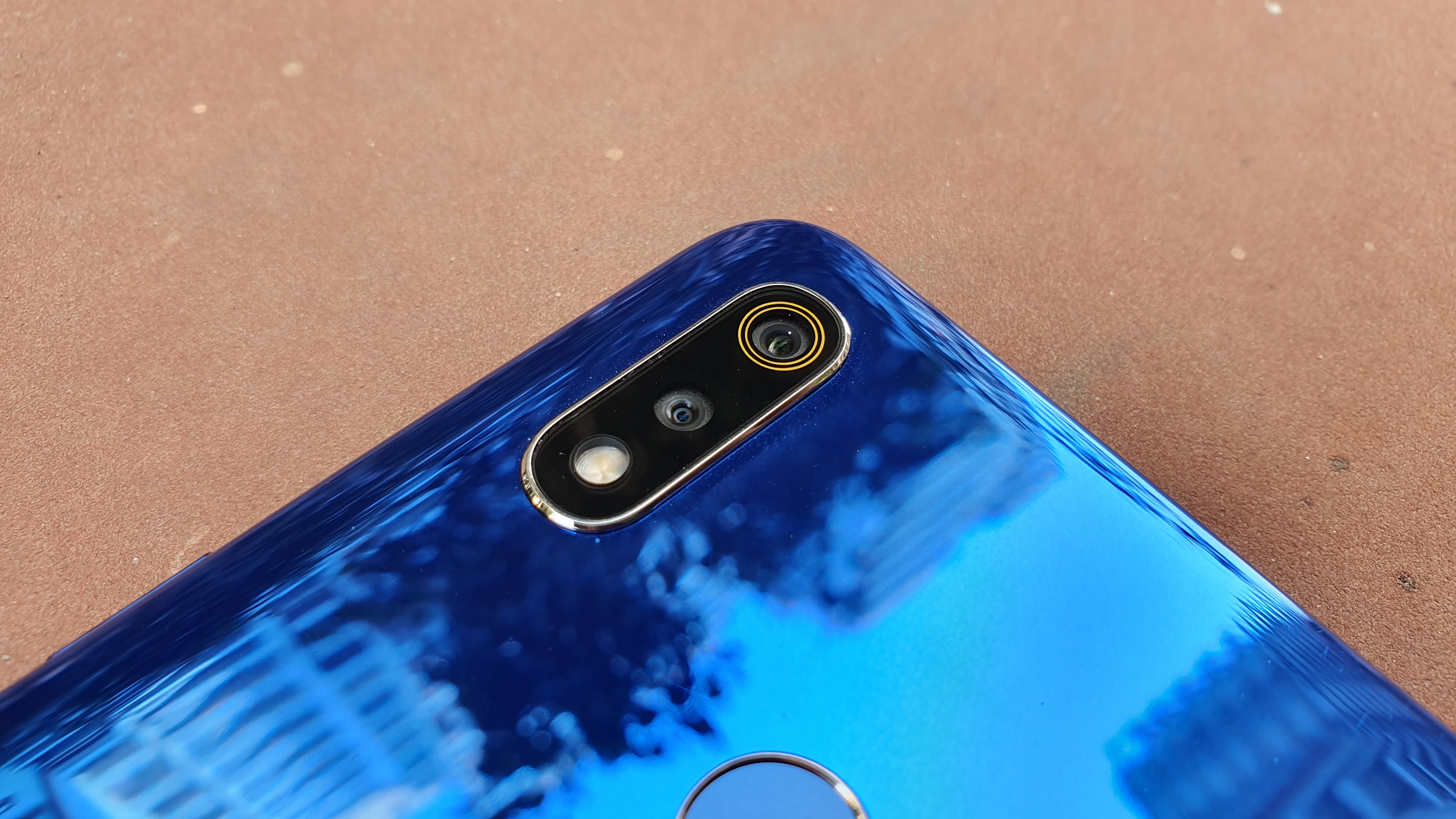
Realme 3 is equipped with twin cameras on the back consisting of a primary 13MP sensor with an f/1.8 aperture and a 2MP secondary camera which assists in collecting depth information. In addition, the camera is able to identify 16 different scenes and deploys advanced techniques to provide better color representation, dynamic range, contrast and white balance.
In our time with the Realme 3, the pictures created have an excellent dynamic range and accurate colour representation. However, looking closely, the pictures were not detailed enough. To a point that some elements in the frame started to resemble a painting. So, if you are not a sucker for details in your pictures or can make do with less crispiness, you’ve got nothing to lose.
The company has also developed two special modes built for the camera. The Chroma Boost mode enhances the vibrancy and dynamic range to produce vivid pictures. Another one being the Nightscape mode which allows users to create well-detailed pictures even in low-light.
While the night mode does increase the clarity in a picture by four-folds, it does so by adding in more noise. As a result, nightscape is able to preserve and display more details and one-ups its own regular mode of shooting. On the other hand, pictures shot in Chroma mode are a bit over-saturated but detailed and well-lit. The colors are natural with balanced highlights.
These two modes add a good amount of weight to the camera quality of the Realme 3.
The secondary camera assists in capturing depth information to create a depth-of-field effect behind the subject. The pictures in portrait mode were bright and had natural colours but struggled to do its magic on the edges.
In the picture with the yellow flower, one can easily notice how the camera fails to identify and create depth between the flower petals. This results in a similar color tone being used across that area.
The Realme 3 also supports Google Camera via HAL Camera AI2 interface which can be a good option for photography enthusiasts to experiment with.
On the front, there’s a 13MP camera with an f/2.0 aperture which uses Realme’s SelfiePro algorithm to identify facial details through 296 points. This also powers the face recognition feature for facial unlock.
To sum up, the cameras on the Realme 3 are fairly good to use on social media platforms and given its asking price, it’s more than what we initially expected.
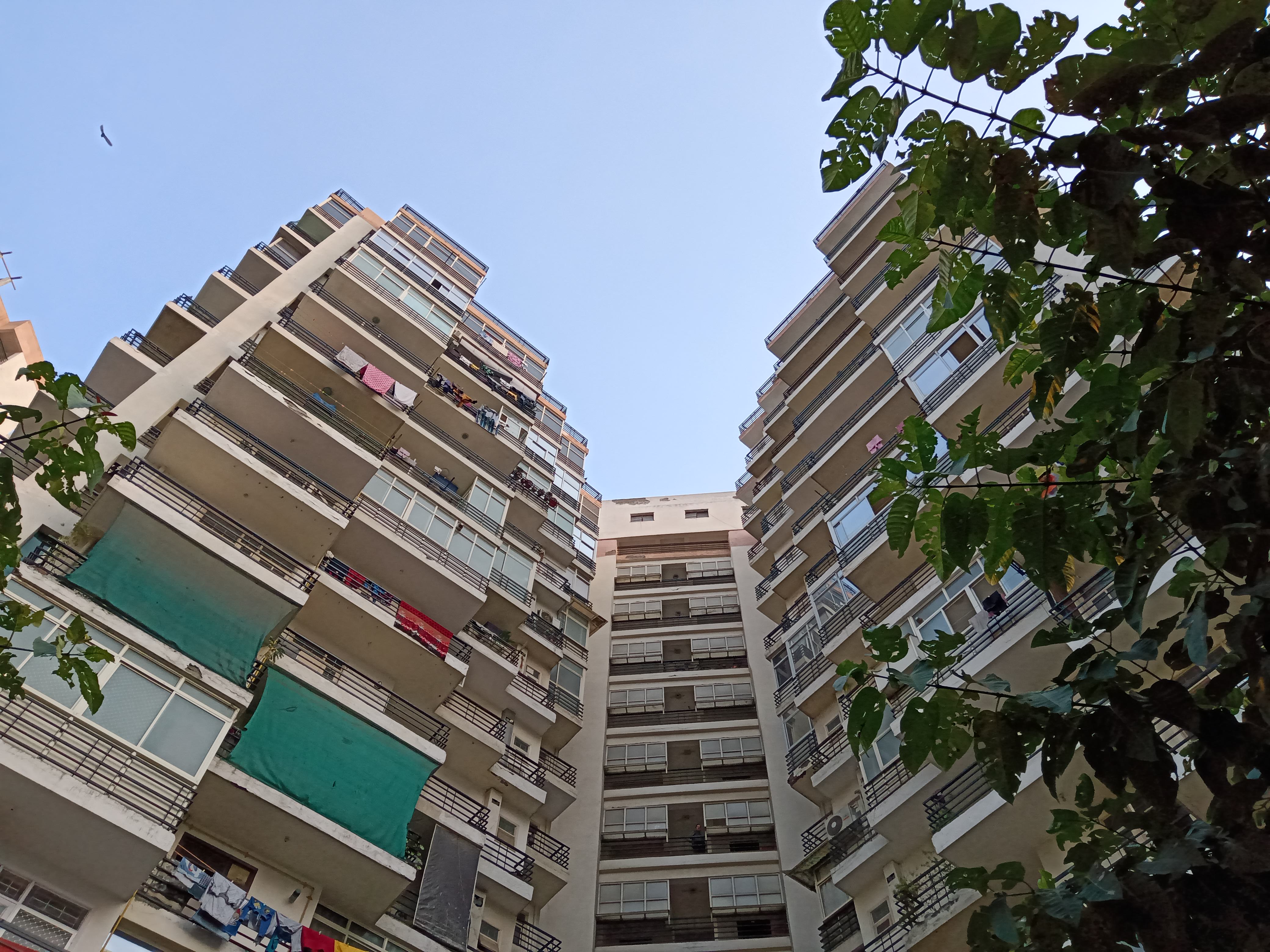
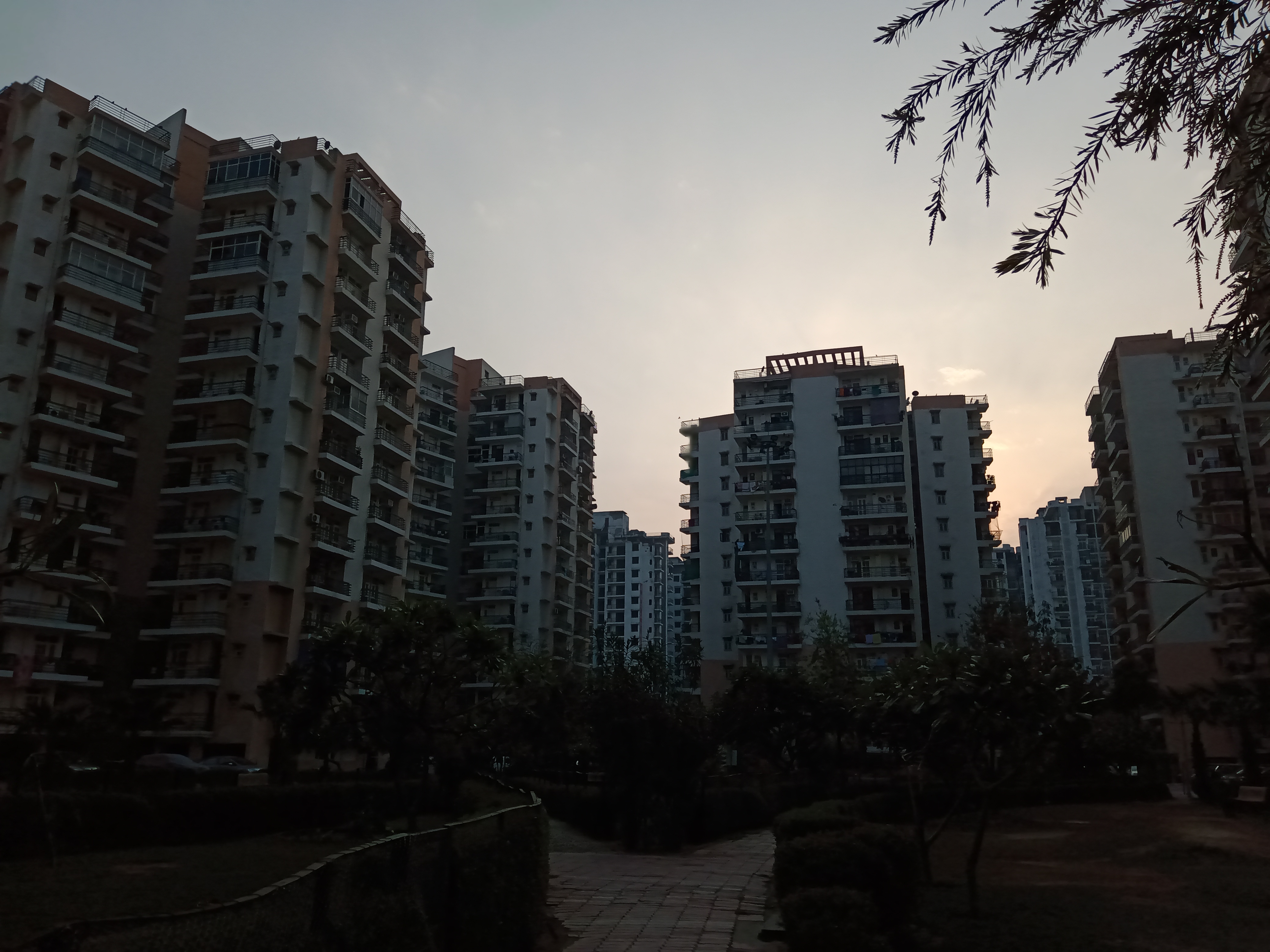

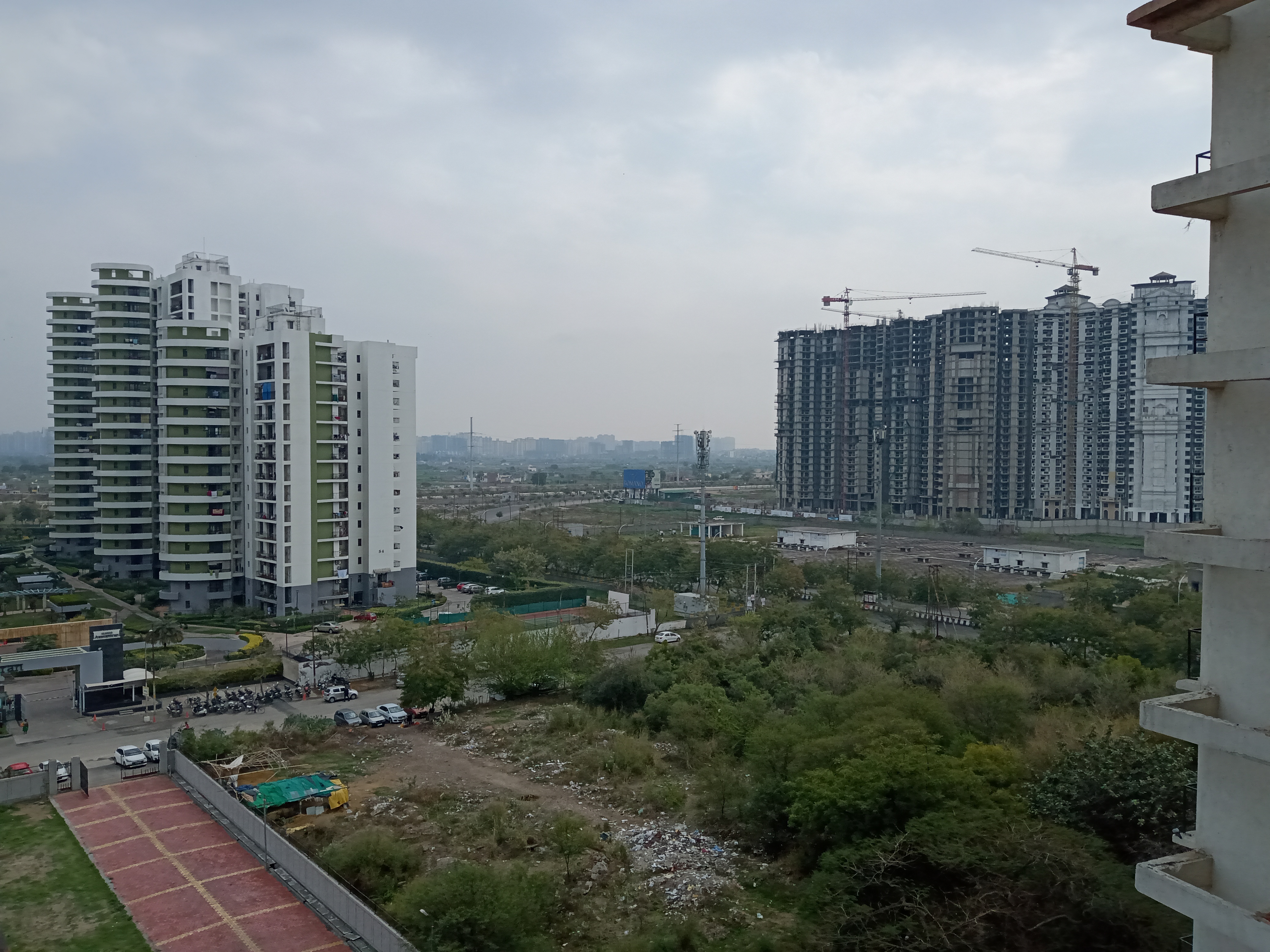



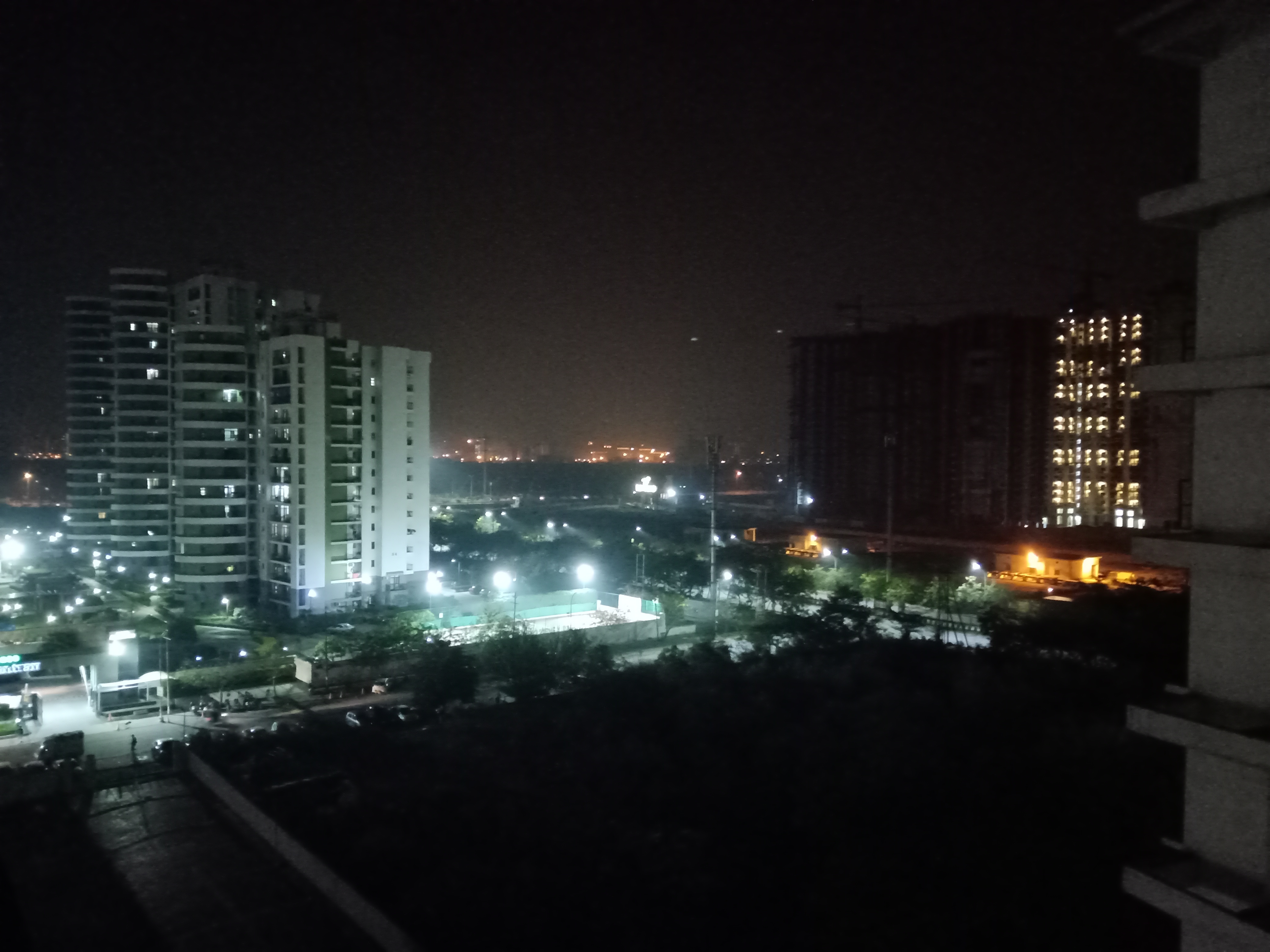
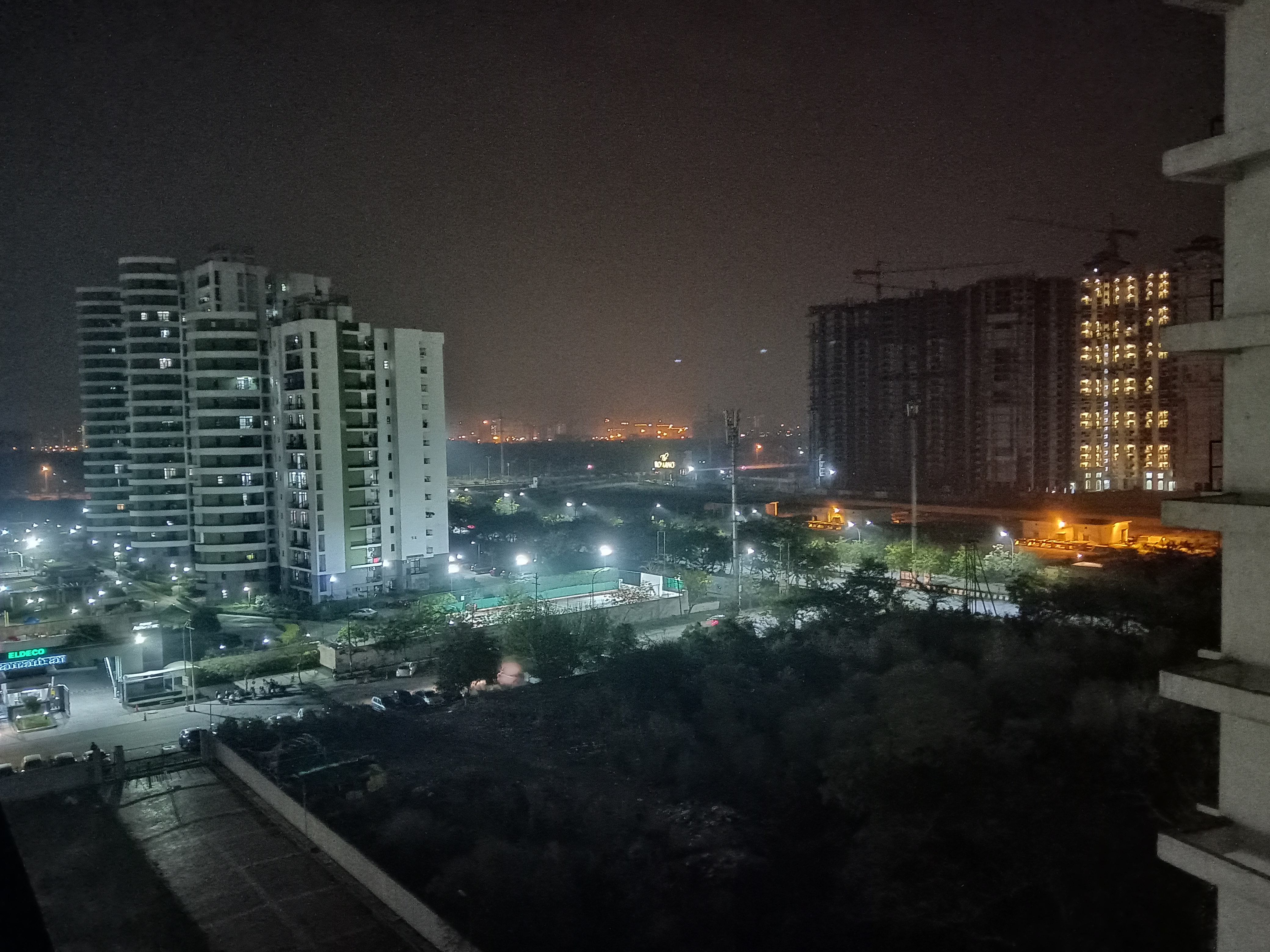

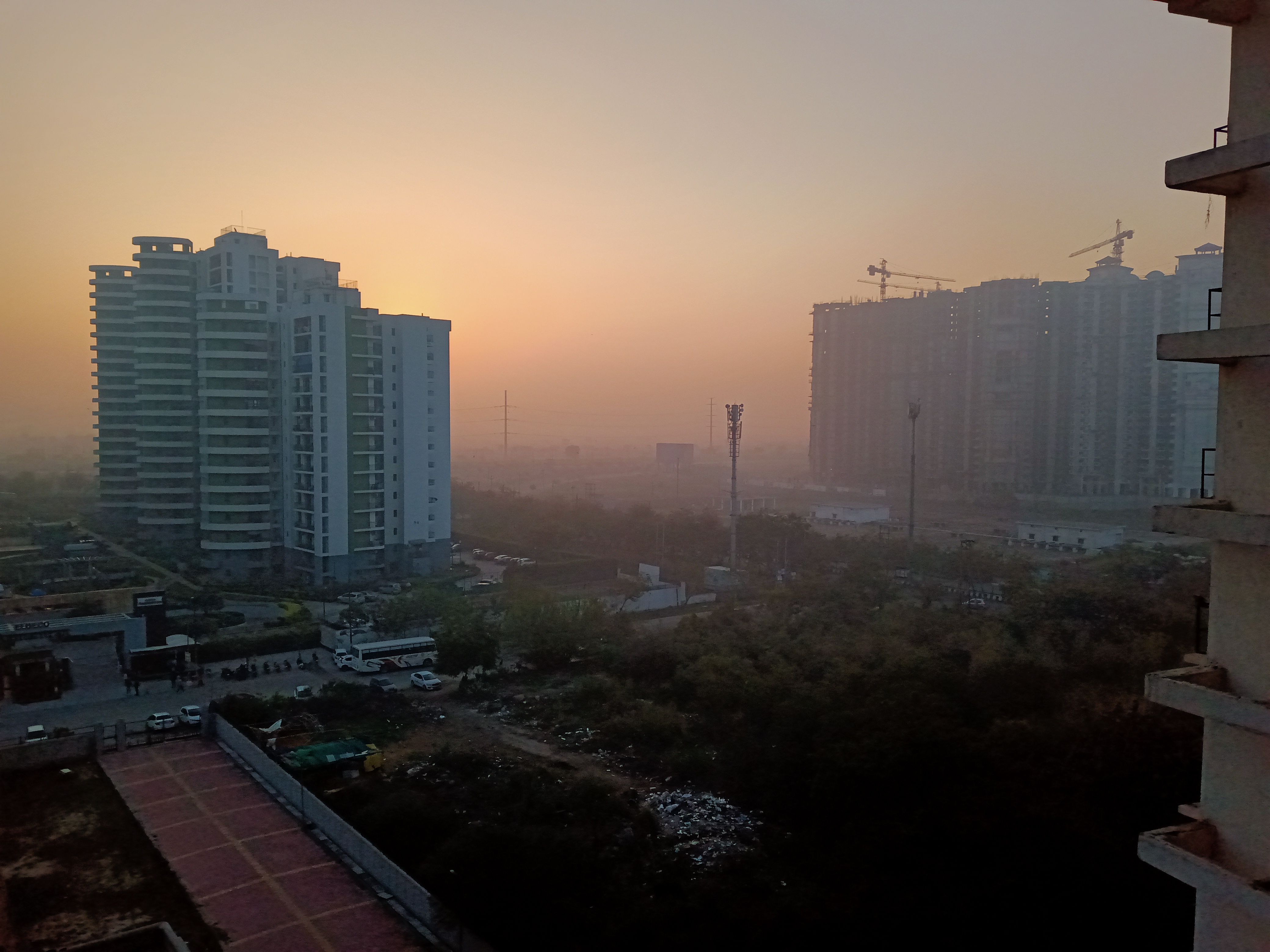






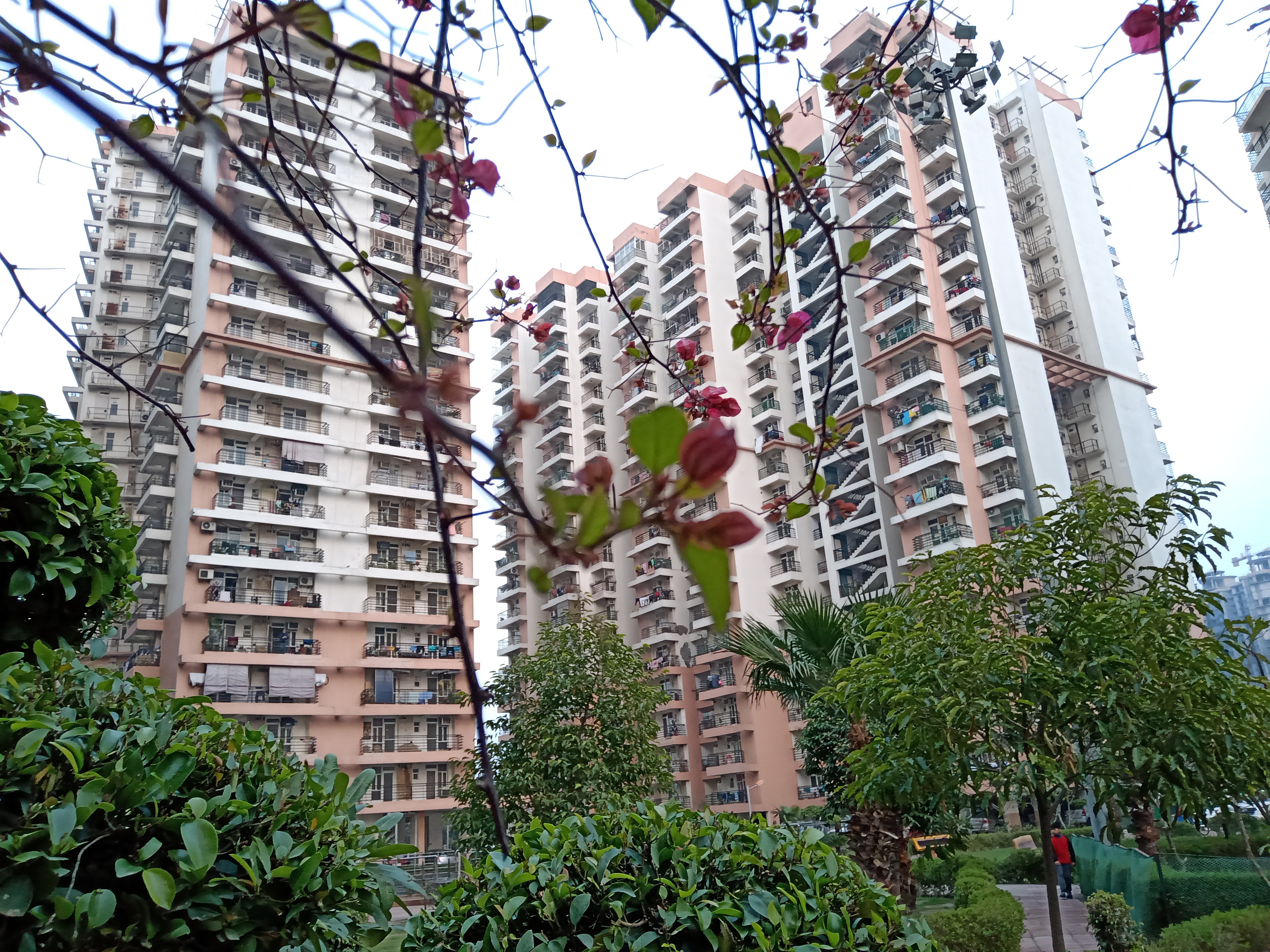
Current page: What's it like to use?
Prev Page Introduction, design & display Next Page Battery life & Verdict
- Siddharth Chauhan is the Consumer Technology Reporter at Digit India. He used to work as an Assistant Editor at TechRadar India
